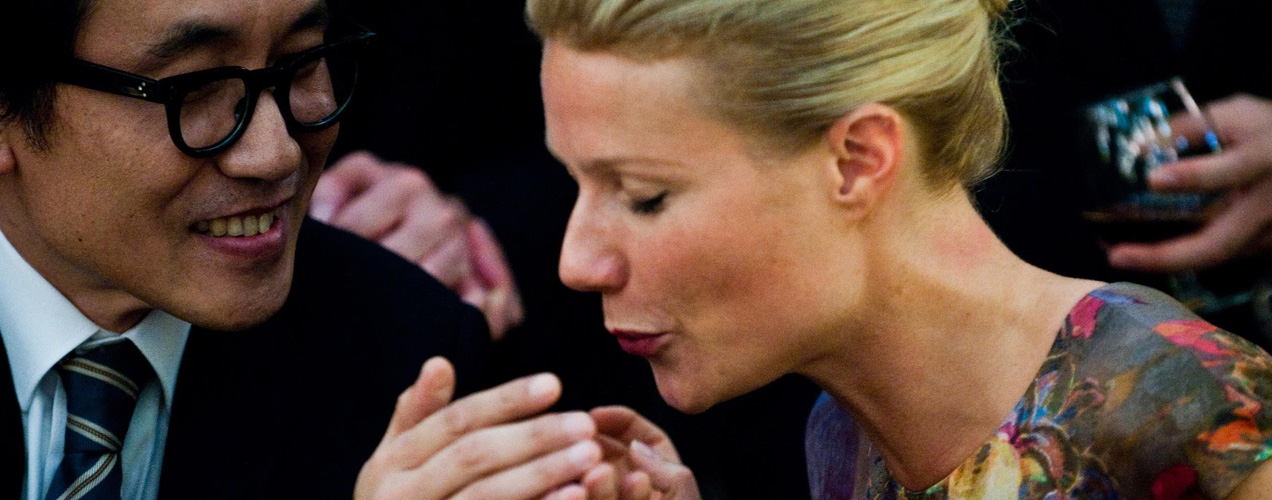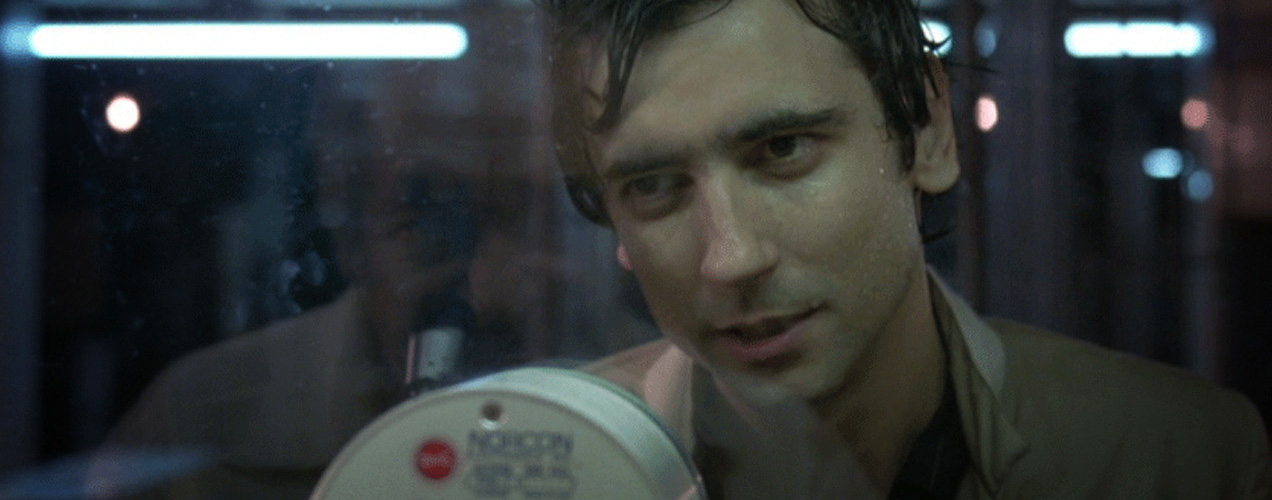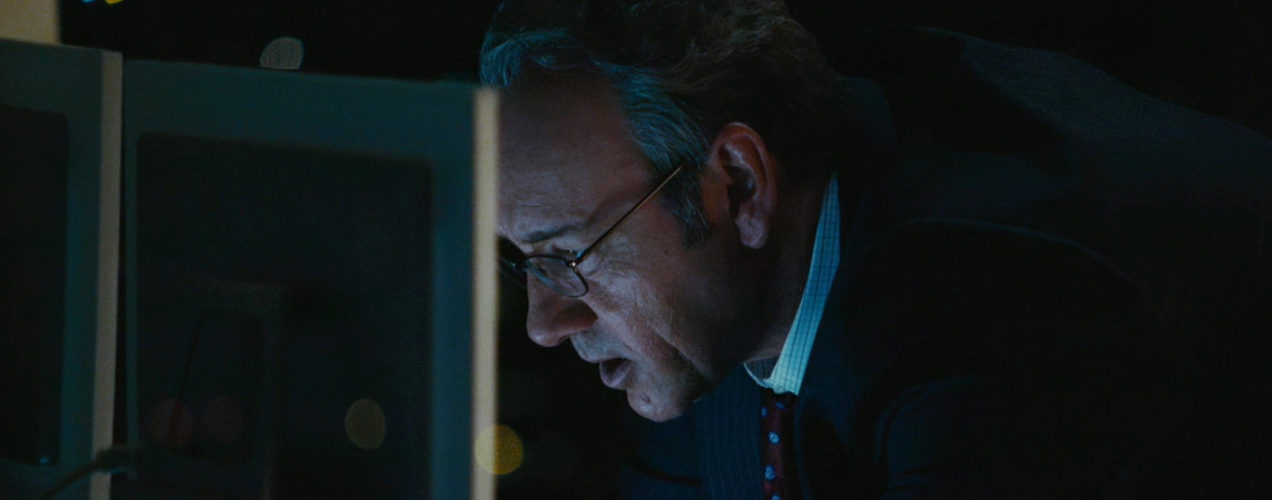2010 / Anh Hung Tran > In Norwegian Wood, Haruki Murakami crafted the college years of Holden Caulfield—a spirit of universal self-identification that made the novel a cult favorite for those who felt something was missing in their lives. It broke through traditional boundaries and expectations of love and set many of us upon a quest to find our own Midori. But I’ve not found her in Tran’s adaptation. In her portrayal, Kiko Mizuhara is too sweet. The bite that gave Midori her allure just isn’t here. And that, in itself, is a failure that I cannot look past.
Those who haven’t read the novel may like—and even love—Norwegian Wood. With elegant, graceful panning shots, the cinematography is exquisitely done by In the Mood for Love’s Mark Li. The score, by Radiohead’s Jonny Greenwood, is haunting but lovely and works in-step with Li’s cameras. And Anh Hung Tran is still, by consensus, considered the best director to ever come out of Vietnam. The attention to detail Tran brought to the project is evident in nearly all aspects of the film, but ultimately, the issue is one of (mis)interpretation.
This is where it falls apart for those who cherish the book. The film simply fails to capture the wonder of Toru Watanabe, the way he’s an everyman. There’s simply too much focus on his relationship with Naoko wherein I’ve always considered his relationships with Midori as well as Nagasawa—who effectively works as a foil—to be more important. Lost amidst this is the most beautiful and tragic character of all: Hatsumi. What I’ve always considered my favorite passage (includes minor spoilers) is a passing narration. For some, this won’t matter, but for me, this was the ultimate dealbreaker. As far as I’m concerned, no adaptation of Norwegian Wood can succeed without Hatsumi’s poignance.
All in all, Norwegian Wood can be affecting, but it’s more of a rumination upon the book: A lot of set pieces and lingering looks while lacking the work’s full, transformative power. But for obsessive Murakami fans, it’s also possible that this is the best adaptation we’ll ever get.











